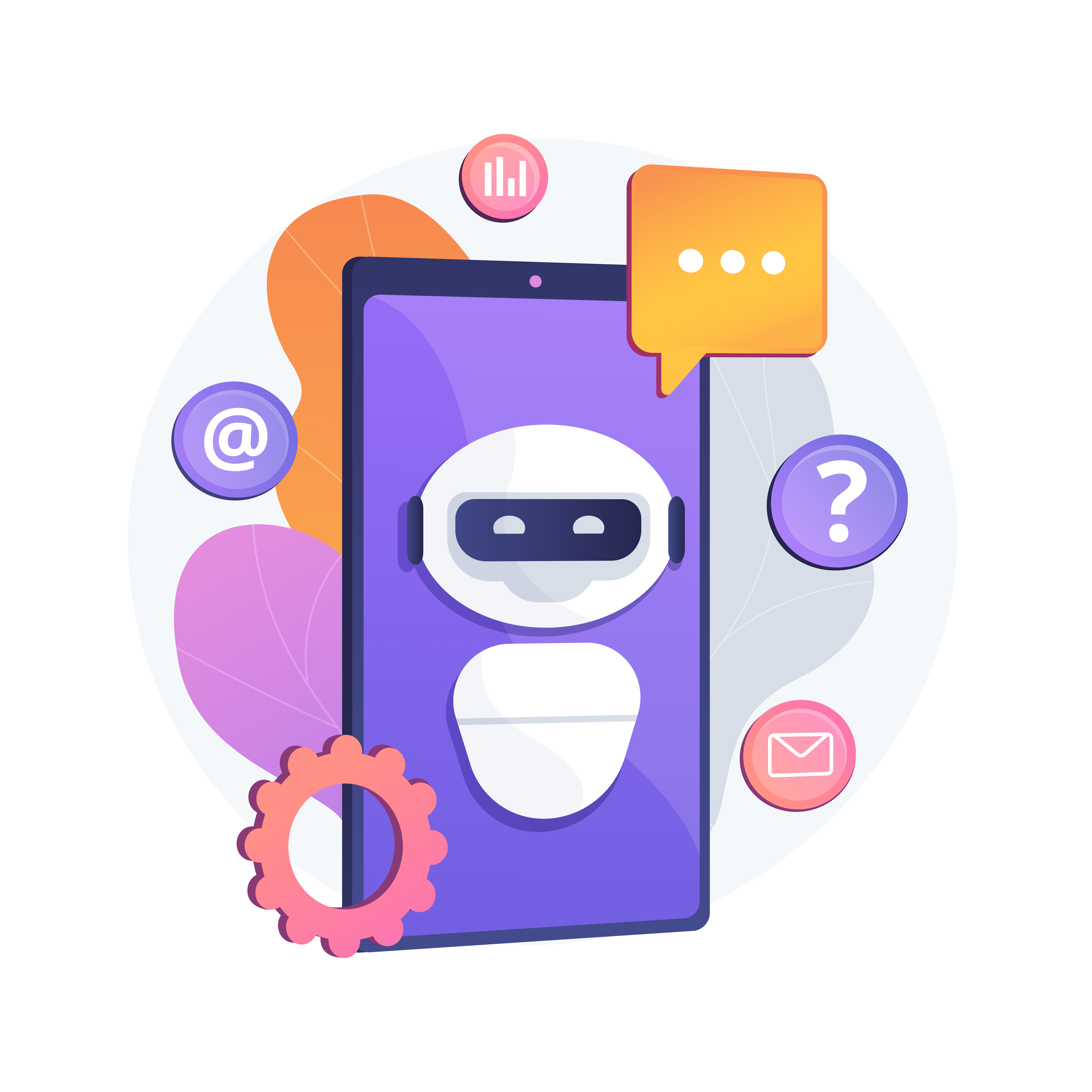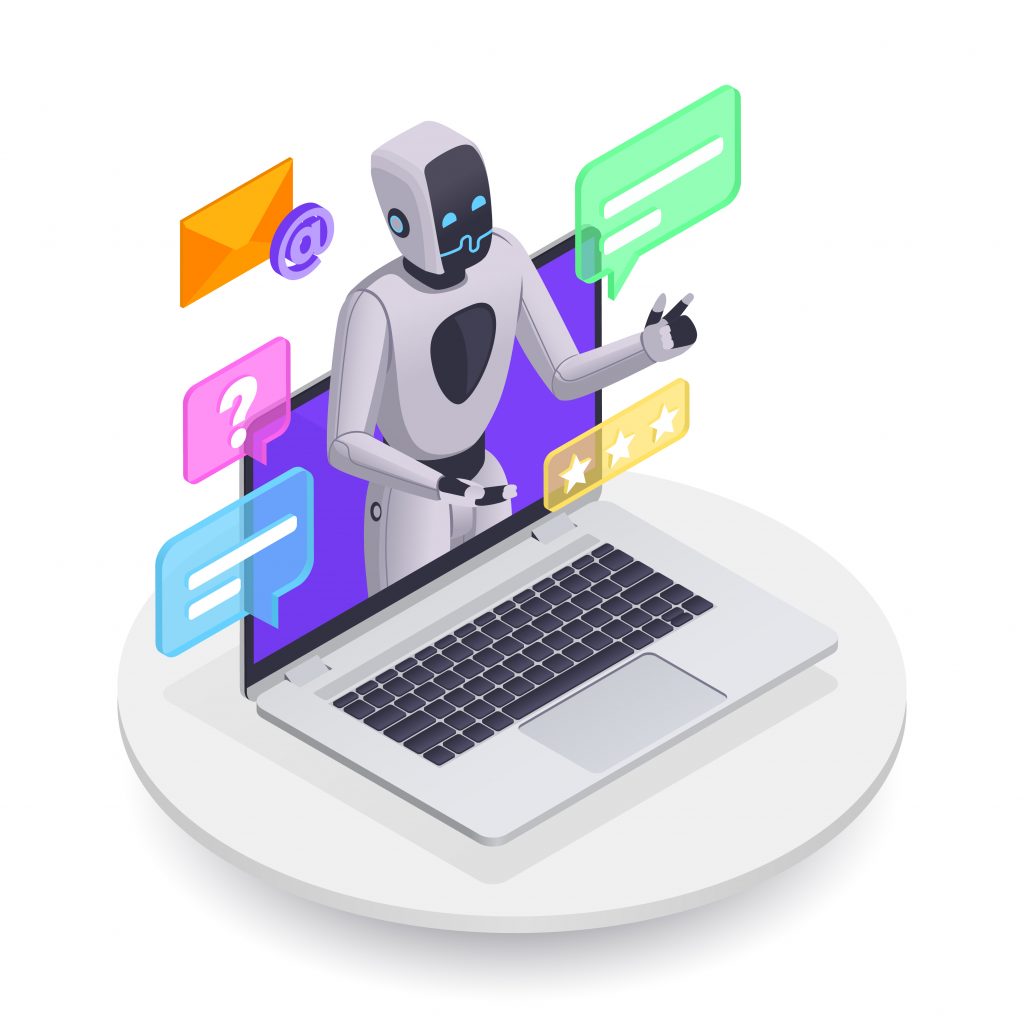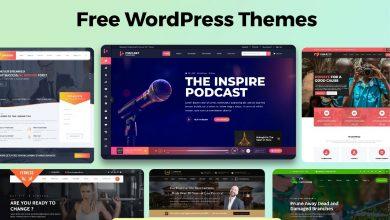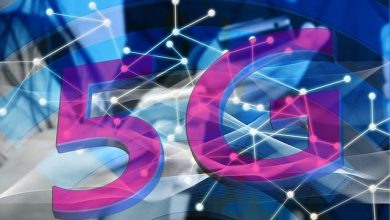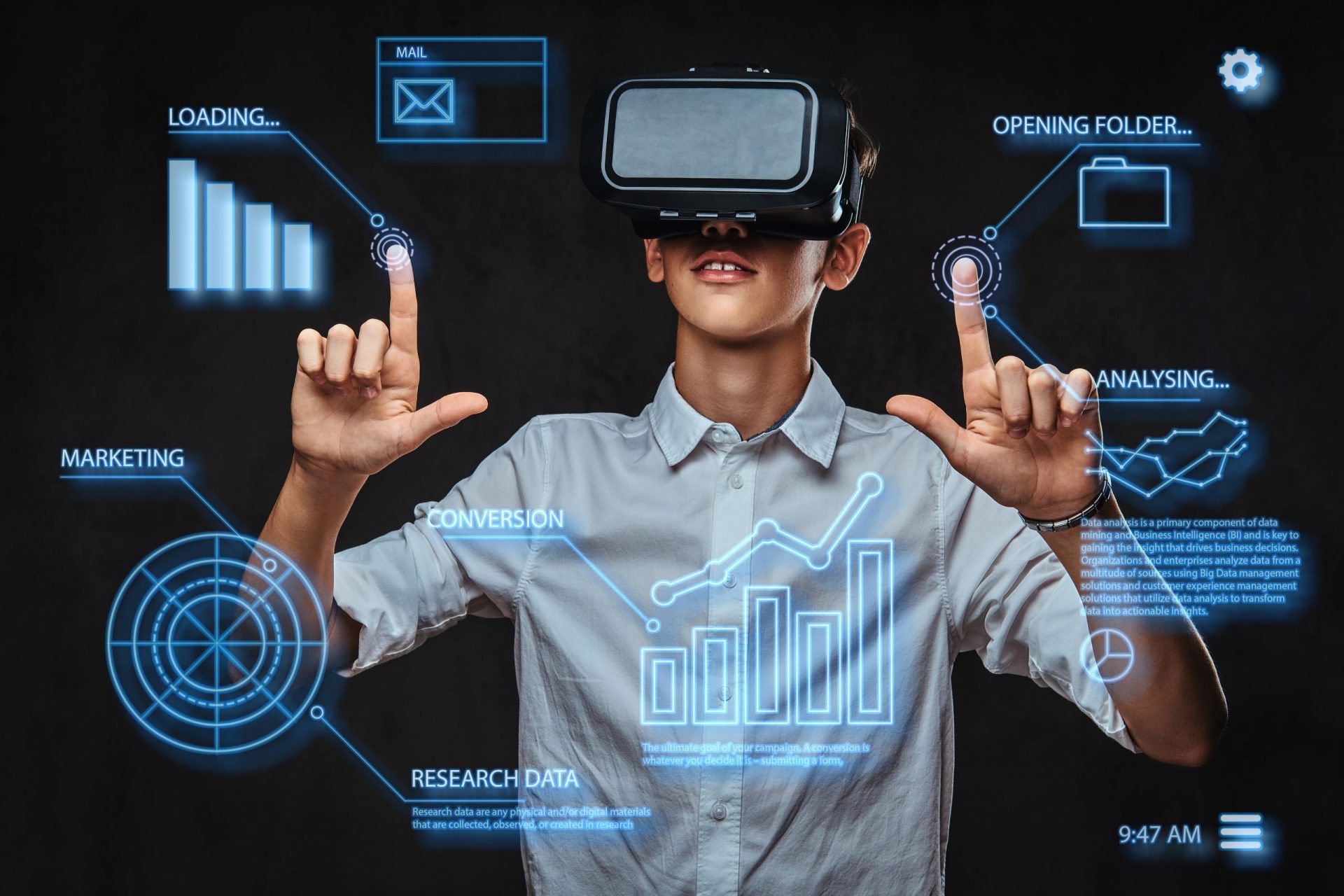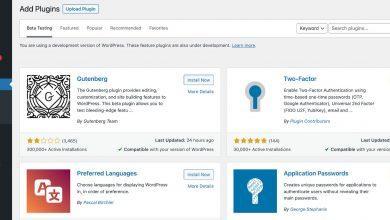All About ChatGPT: Uses, Limitations and Growth

ChatGPT is an AI-powered natural language processing tool. It’s like a chatbot with which you may communicate in a variety of ways that are human-like. The language model may assist you with things like writing articles, code as well as provide answers to your inquiries.
It is designed to understand and generate human-like text in response to a wide range of inputs. In this article, we will discuss about what ChatGPT is and how to use it? What the future holds for this technology? The differences between GPT-3 and GPT-4, use cases and limitations of GPT. The exams cleared by GPT-4 and how ChatGPT is impacting the job market.
What is GPT?
The word GPT stands for Generative Pre-trained Transformer. It is a large language module (LLM) developed by an artificial intelligence research facility in San Francisco. With hundreds of billions of parameters, one of the biggest neural networks is OpenAI. GPT makes it possible for any AI to understand human language and carry out operations like answering queries, creating codes, or summarizing materials.
What is GPT-3?
Before GPT-3 there were GPT-1 and GPT-2 but due to limitations in their dataset they didn’t become that famous. GPT-3 can respond to human-life situations thanks to its 175 billion parameters.
GPT-3 is built using a deep neural network architecture that is trained on massive amounts of text data. It uses a transformer-based architecture that allows it to process large amounts of data in parallel. This allows GPT-3 to generate complex and nuanced responses to a wide range of prompts. Often, it is difficult to tell the difference between a human response and a GPT-3 response.
What is ChatGPT?
ChatGPT is an AI chatbot developed by OpenAI that uses GPT-3. It is capable of generating human-like text generation in response to a wide range of inputs. GPT-3 has been used in a variety of applications, including chatbots, virtual assistants, and automated content creation. GPT-3 is the industry standard for language models, and ChatGPT is the industry standard for AI chatbots.
To use ChatGPT, simply input a question and it will generate a response based on its training data. The output can then be customized or refined as needed, depending on the specific application.
What is GPT-4?
GPT-4 is the latest version of OpenAI’s language model systems not yet released. In conversational that are casual, the difference between GPT-3.5 and GPT-4 will be “subtle.” The new model, however, will be significantly more capable in terms of dependability, creativity, and even intelligence. GPT-4 is expected to accept both text and image inputs and produce human-like text since it is a huge multimodal model (note the focus on multimodal).
ChatGPT-4 is based on GPT-4 and can support up to 1 trillion parameters. This makes it even more powerful than ChatGPT and capable of handling more diverse and challenging natural language scenarios. ChatGPT-4 can perform all the tasks that ChatGPT can do, but with higher accuracy, creativity, and collaboration
LearnerPrompt
Will there be ChatGPT5?
Sam Altman, the CEO of OpenAI, has acknowledged that no GPT-5 language model is presently being trained by the business. During a virtual session at MIT, Altman discussed this topic and underlined that OpenAI is now concentrating on updating and improving their current GPT-4 model. He continued by saying that the business is attempting to solve any safety concerns with the model and that GPT-4 had undergone extensive training before to its introduction to the public.
On the other hand co-founder of DeepMind and CEO of Inflection AI Mustafa Suleyman made the startling disclosure that OpenAI is covertly training GPT-5 in a recent interview. The model may have simply been given a new name by OpenAI, according to internet users, despite previous denials from Sam Altman
ChatGPT Most Common Uses:
As an AI language model, ChatGPT is not a standalone app that can be downloaded. However, it can be accessed through various applications and platforms that have integrated the model’s API. Some use cases of ChatGPT include:
1. Chatbots and Virtual Assistants: Chatbots and virtual assistants powered by ChatGPT have more natural and engaging interactions with users.
2. Content Creation Automation: Content generated by ChatGPT can be for a variety of purposes, such as automated article writing, product descriptions, and social media posts.
3. Language Translation: Translations done by ChatGPT between different languages are more accurate and nuanced.
4. Customer Service Automation: Customer Service Automation and support can be provided by ChatGPT. It enables more efficient and effective responses to customer inquiries.
5. Software Developers Use Cases: Software developers can use the power of GPT-4 to its full potential. A few creative ways are:
– 3D Design: ChatGPT can be integrated into Unity Editor, enabling converting text prompts into 3D images.
– Mini Games Creation: ChatGPT can create simple games in no time like Snake, Pingpong, and Ludo.
– Code debugger
ChatGPT Current Limitations:
However, like any AI technology, ChatGPT has its limitations. These include:
1. Limitations with Contextual Understanding: ChatGPT occasionally struggles to comprehend a prompt’s context, which might result in incorrect or irrelevant replies.
2. Biased Responses: ChatGPT may reflect the biases present in its training data, leading to potentially problematic or discriminatory responses.
3. Limited Creativity: While ChatGPT is capable of generating human-like responses, it may Not always be able to generate truly creative or innovative ideas.
Exams/Tests Passed by ChatGPT-4
GPT-4, an improved chatbot that can pass anything from the bar exam to AP Biology, was just released by OpenAI. Some of the challenging tests that both AI versions have passed are listed below.
Uniform Bar Exam:
According to open AI, GPT-4 scored in the 90% with a score of 298 out of 400.
The SAT Exam:
GPT-4 scored 710/800 on the SAT Reading & Writing part, placing it in the 93rd percentile of test takers. On the Math part it scored 700/800, placing it in the 89th percentile of test takers. Overall GPT-4 finished with a total score of 1410/1600. The College Board published research that the average SAT score in 2021 was 1060.
GRE Exam:
GPT-4 achieved a writing score in the 54th percentile, as reported by OpenAI while achieving a verbal score in the 99th percentile and a quantitative score in the 80th percentile.
USA Biology Olympiad Semifinal Exam:
According to OpenAI, GPT-4 performed between the 99th and 100th percentile in the 2020 Semifinal Exam.
AP Exam:
According to OpenAI, GPT-4 scored a 5 on the AP exams for AP US Government, AP US History, AP Macroeconomics, AP Microeconomics, AP Environmental Science, AP Art History, AP Psychology, AP Biology, AP Environmental Science, AP Statistics, and AP US History.
AMC Exam:
According to OpenAI, GPT-4 fell between the 6th and 12th percentile of the AMC 10 and the 45th to 66th percentile of the AMC 12 with scores of 30 for AMC10 and 60 for AMC12, respectively.
Sommelier examinations:
According to OpenAI, GPT-4 passed the Introductory Sommelier, Certified Sommelier, and Advanced Sommelier examinations at rates of 92%, 86%, and 77%, respectively.
How will ChatGPT Impact Job Market?
ChatGPT like other AI technologies, has the potential to automate certain tasks traditionally performed by software engineers and doctors. However, it is unlikely to completely replace these professions or eliminate job opportunities. Instead, they are likely to create new job opportunities and shift the nature of certain professions.
While ChatGPT can generate text and perform certain tasks related to software development and healthcare, it lacks the creativity, empathy, and critical thinking skills required for many aspects of these professions. Additionally, these professions involve a wide range of tasks and responsibilities that cannot be fully automated by a single technology like ChatGPT.
Furthermore, the use of ChatGPT and other AI technologies may actually create new job opportunities in areas such as AI development, data analysis, and systems integration.
Expected Growth of ChatGPT :
It is difficult to predict the exact growth of ChatGPT and its adoption by various industries, as it depends on a variety of factors such as technological advancements, regulatory frameworks, and market demand. However, given the increasing interest and investment in AI technologies, including natural language processing, it is likely that ChatGPT will continue to grow in popularity and use.
According to a study by Markets and Markets, the worldwide natural language processing market, including AI language models like ChatGPT, is anticipated to increase from $11.6 billion in 2020 to $35.1 billion by 2026, at a compound yearly growth rate (CAGR) of 20.3% over the course of the forecast period.This growth is driven mainly due to increase in use of natural language processing for customer services, sentiment analysis, customer support, smart virtual assistants, and chatbot in various industries.
In addition, the continued development and release of new and more advanced AI language models, such as GPT-4 & GPT-5, are likely to further drive the adoption and growth of ChatGPT and other AI language models.
Conclusion
In a nutshell, the future of ChatGPT is bright, as more and more applications are developed that leverage its powerful language generation capabilities. As AI technology advances, we can expect ChatGPT to become even more sophisticated and capable, generating even more complex and nuanced responses to a wider range of inputs. Overall, we would recommend everyone to start using ChatGPT in their daily life, studies and work, however be aware of its limitations to use it responsibly.

